

Llewellyn Iron Works was a foundry in 19th- and 20th-century Los Angeles and Torrance, California, United States.


Llewellyn Iron Works was a foundry in 19th- and 20th-century Los Angeles and Torrance, California, United States.
Brothers Reese Llewellyn, David Llewellyn, William Llewellyn, and John Llewellyn, of Amman Valley, Wales, [1] first organized the company in 1886. [2] The iron works, which had an anti-union leadership team, was bombed on Christmas Day 1910, most likely by the same people responsible for the L.A. Times bombing two months earlier. [3] The dynamite explosion at Redondo and Main injured a night watchman. [2] The company moved its factory to Torrance in 1912. [2] Llewellyn produced the railings that decorate the interior of the Bradbury Building. [4] The steel-rolling mill in Torrance produced the steel used in the L.A. Biltmore Hotel on Pershing Square and several downtown banks. [2] Llewellyn merged with Columbia Steel Corp. of Utah in 1923, and Columbia was acquired by U.S. Steel in 1929. [2] The U.S. Steel plant in Torrance closed in 1979. [2]

Torrance is a coastal city in the Los Angeles metropolitan area, located in southwest Los Angeles County, California, United States. The city is part of what is known as the South Bay region of the metropolitan area. A small section of the city, 1.5 miles (2.4 km), abuts the Pacific Ocean. Torrance has a moderate year-round climate with average rainfall of 12 inches (300 mm) per year. Torrance was incorporated in 1921, and at the 2020 census had a population of 147,067 residents. Torrance has a beachfront and has 30 parks located around the city. It is also the birthplace of the American Youth Soccer Organization (AYSO).

United States Steel Corporation, more commonly known as U.S. Steel, is an American integrated steel producer headquartered in Pittsburgh, Pennsylvania, with production operations primarily in the United States of America and in Central Europe. The company produces and sells steel products, including flat-rolled and tubular products for customers in industries across automotive, construction, consumer, electrical, industrial equipment, distribution, and energy. Operations also include iron ore and coke production facilities.

Union Iron Works, located in San Francisco, California, on the southeast waterfront, was a central business within the large industrial zone of Potrero Point, for four decades at the end of the nineteenth and beginning of the twentieth centuries.
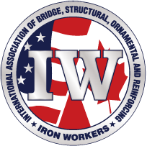
The International Association of Bridge, Structural, Ornamental and Reinforcing Iron Workers is a union in the United States and Canada, which represents, trains and protects primarily construction workers, as well as shipbuilding and metal fabrication employees.
The Consolidated Steel Corporation was an American steel and shipbuilding business. Formed on 18 December 1928, the company built ships during World War II in two main locations: Wilmington, California and Orange, Texas. It was created by the merger of Llewellyn Iron Works, Baker Iron Works and Union Iron Works, all of Los Angeles. The company entered the shipbuilding business in 1939. In 1948, now a pioneer producer of large-diameter pipelines, Consolidated Steel was renamed Consolidated Western Steel and acquired by U.S. Steel and operated as a wholly-owned subsidiary.

Geneva Steel was a steel mill located in Vineyard, Utah, United States, founded during World War II to enhance national steel output. It operated from December 1944 to November 2001. Its unique name came from a resort that once operated nearby on the shore of Utah Lake.
Employers Group was founded as the Merchants and Manufacturers Association (M&M) in 1896 in California. It has become a worldwide organization advocating for employers and giving guidance about employment laws and regulations, professional development, consulting projects, and compensation and workplace trends surveys.
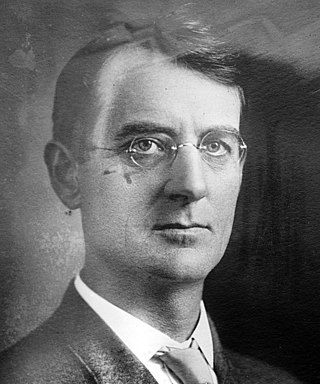
John Donnan Fredericks was an American lawyer and politician from Los Angeles, who served two terms as a U.S. Representative from California from 1923 to 1927. As District Attorney of Los Angeles, he successfully prosecuted the McNamara brothers for their 1910 bombing of the Los Angeles Times building.
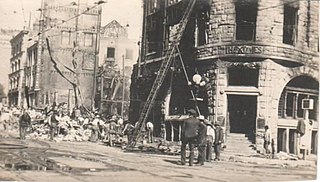
The Los Angeles Times bombing was the purposeful dynamiting of the Los Angeles Times Building in Los Angeles, California, United States, on October 1, 1910, by a union member belonging to the International Association of Bridge and Structural Iron Workers (IW). The explosion started a fire which killed 21 occupants and injured 100 more. It was termed the "crime of the century" by the Los Angeles Times newspaper, which occupied the building.
Samuel Ingham Merrill was a noted California businessman and philanthropist, known particularly for his involvement in Christian benevolent work. He is credited with founding the YMCA of Oakland, and later, the YMCA of Los Angeles in 1882, which celebrated its 125th anniversary in 2007.

The Pacific Electric Railroad Bridge or Southern Pacific Railroad Bridge now officially named the "Pacific Electric Railway- El Prado Bridge" is a historic double-tracked arch bridge located in Torrance, California US, spanning Torrance Boulevard at Bow Avenue, a short distance west of Western Avenue. It was once part of the north/south San Pedro via Gardena Line of the Pacific Electric Railway, that agency's first interurban line to San Pedro.
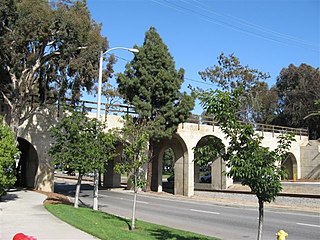
San Pedro via Gardena was an interurban line of the Pacific Electric Railway. This was the railway's original route to San Pedro. The line was essential in the establishment of light industry in Torrance. The route closely paralleled the present-day Harbor Transitway.
Reese James Llewellyn was a Welsh-American businessman. He was the co-founder and president of Llewellyn Iron Works, a company based in Los Angeles, which provided iron works and steel for the construction of buildings in Southern California, the Western United States, Mexico, and South America. The company also produced steel from iron ore and during the World War I shipbuilding boom it was one of the largest manufacturers of triple-expansion steam engines on the West Coast.

California during World War II was a major contributor to the World War II effort. California's long Pacific Ocean coastline provided the support needed for the Pacific War. California also supported the war in Europe. After the Japanese attack on Pearl Harbor on December 7, 1941, most of California's manufacturing was shifted to the war effort. California became a major ship builder and aircraft manufacturer. Existing military installations were enlarged and many new ones were built. California trained many of the troops before their oversea deployment. Over 800,000 Californians served in the United States Armed Forces. California agriculture, ranches and farms were used to feed the troops around the world. California's long coastline also put the state in fear, as an attack on California seemed likely. California was used for the temporary and permanent internment camps for Japanese Americans. The population grew significantly, largely due to servicemen who were stationed at the new military bases/training facilities and the mass influx of workers from around the U.S. in the growing defense industries. With all the new economy activity, California was lifted out of the Great Depression. Over 500,000 people moved to California from other states to work in the growing economy. California expanded its oil and mineral production to keep up with the war demand.
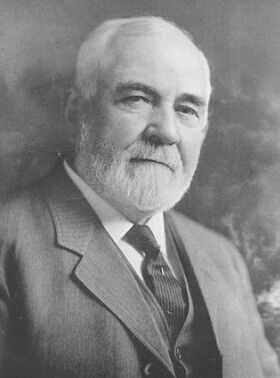
Craig Shipbuilding was a shipbuilding company in Long Beach, California. To support the World War I demand for ships Craig Shipbuilding shipyard switched over to military construction and built: US Navy Submarines and Cargo Ships. Craig Shipbuilding was started in 1906 by John F. Craig. John F. Craig had worked in Toledo, Ohio with his father, John Craig (1838-1934), and Blythe Craig, both shipbuilders, their first ship was built in 1864 at Craig Shipbuilding Toledo. John F. Craig opened his shipbuilding company in Port of Long Beach on the south side of Channel 3, the current location of Pier 41 in the inner harbor, becoming the port's first shipyard. In 1908 Craig Shipbuilding was given the contract to finishing dredging of the Port of Long Beach inner harbor and to dredge the channel connecting it to the Pacific Ocean. In 1917 Craig sold the shipyard to the short-lived California Shipbuilding Company. but then opened a new shipyard next to the one he just sold and called it the Long Beach Shipbuilding Company. The Long Beach Shipbuilding Company built cargo ships in 1918, 1919, and 1920 for the United States Shipping Board.
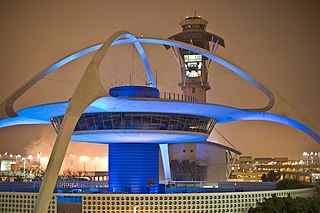
Robert Eugene McKee Sr. (1889–1964) was an American construction contractor and founder of the Robert E. McKee General Contractor, Inc. company.
The Columbia Steel Company, sometimes shortened to Columbia Steel, is an American steel company headquartered in the state of Oregon. It had its origins in 1901, but did not officially organize under its current name until 1909.

James B. McNamara was a 20th-century American labor unionist, best known for his involvement in the McNamara Case as the bomber of the Los Angeles Times building.

The LAPD Red Squad raid on the John Reed Club art show raid took place in Los Angeles, California, United States, on Saturday, February 11, 1933. The LAPD Red Squad, the police department's anti-radical unit, crashed a political meeting and art show hosted by a number of leftist organizations. Red Squad members destroyed several works of art in a manner that suggested racial animus as well as anti-communist motive.